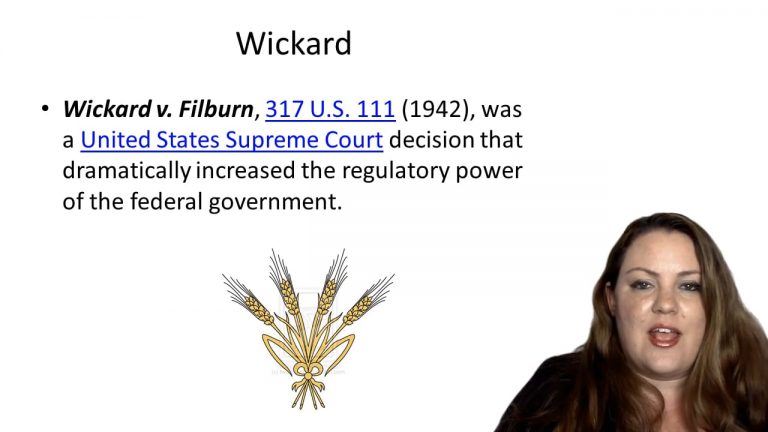SmartBrief enables case brief popups that define Key Terms, Doctrines, Acts, Statutes, Amendments and Treatises used in this case.
SmartBrief
Confirm favorite deletion?
Cancel
Yes, Delete
Constitutional Law Keyed to Shanor
View this case in different Casebooks
Constitutional Law Keyed to ChemerinskyConstitutional Law Keyed to CohenConstitutional Law Keyed to StoneConstitutional Law Keyed to FeldmanConstitutional Law Keyed to VaratConstitutional Law Keyed to ChoperConstitutional Law Keyed to RotundaConstitutional Law Keyed to BarnettConstitutional Law Keyed to MaggsConstitutional Law Keyed to MaggsConstitutional Law Keyed to FarberConstitutional Law Keyed to FarberConstitutional Law Keyed to Levinson
Gibbons v. Ogden
Citation:
22 U.S. (9 Wheat.) 1 (1824)Facts
Congress passed an act in 1793 that provided for the regulation and licensure of ships to be employed in the coasting trade and fisheries. Defendant Gibbons claimed his boats were properly enrolled and licensed under this act of Congress. However, the New York state legislature passed several acts attempting to grant third parties the exclusive navigation of all waters within New York’s jurisdiction.
Only StudyBuddy Pro offers the complete Case Brief Anatomy*
Access the most important case brief elements for optimal case understanding.
*Case Brief Anatomy includes: Brief Prologue, Complete Case Brief, Brief Epilogue
- The Brief Prologue provides necessary case brief introductory information and includes:
Topic:
Identifies the topic of law and where this case fits within your course outline.Parties:
Identifies the cast of characters involved in the case.Procedural Posture & History:
Shares the case history with how lower courts have ruled on the matter.Case Key Terms, Acts, Doctrines, etc.:
A case specific Legal Term Dictionary.Case Doctrines, Acts, Statutes, Amendments and Treatises:
Identifies and Defines Legal Authority used in this case.
- The Case Brief is the complete case summarized and authored in the traditional Law School I.R.A.C. format. The Pro case brief includes:
Brief Facts:
A Synopsis of the Facts of the case.Rule of Law:
Identifies the Legal Principle the Court used in deciding the case.Facts:
What are the factual circumstances that gave rise to the civil or criminal case? What is the relationship of the Parties that are involved in the case.Issue(s):
Lists the Questions of Law that are raised by the Facts of the case.Holding:
Shares the Court's answer to the legal questions raised in the issue.Concurring / Dissenting Opinions:
Includes valuable concurring or dissenting opinions and their key points.Reasoning and Analysis:
Identifies the chain of argument(s) which led the judges to rule as they did.
- The Brief Prologue closes the case brief with important forward-looking discussion and includes:
Policy:
Identifies the Policy if any that has been established by the case.Court Direction:
Shares where the Court went from here for this case.
Topic Resources
Topic Outline
Topic Refresher Course

 9m 38s
9m 38s